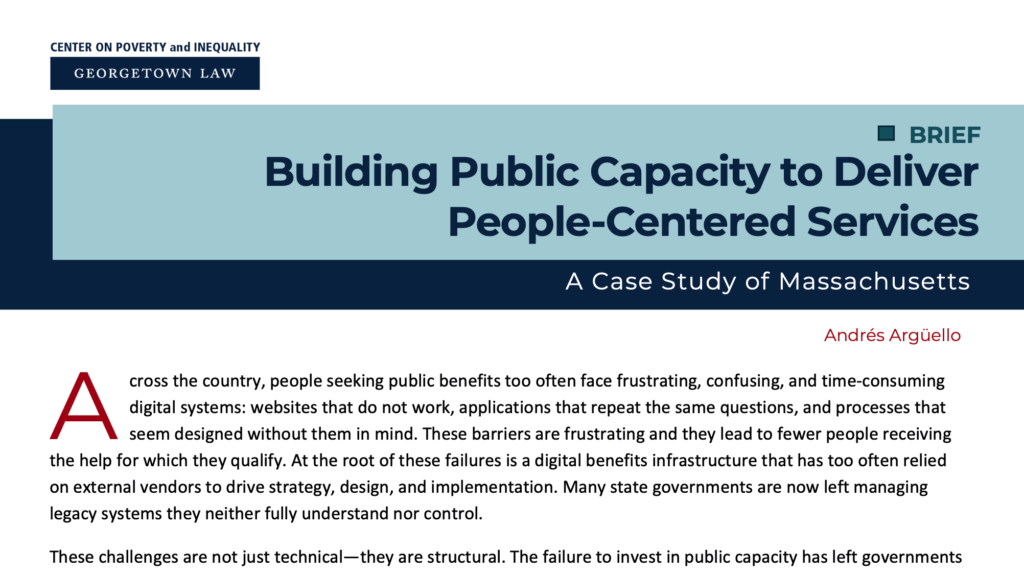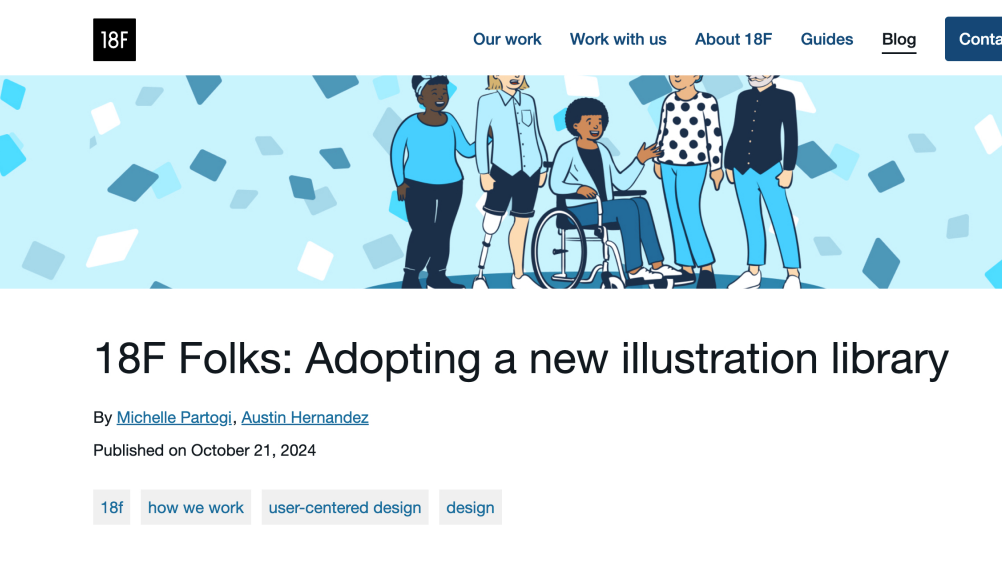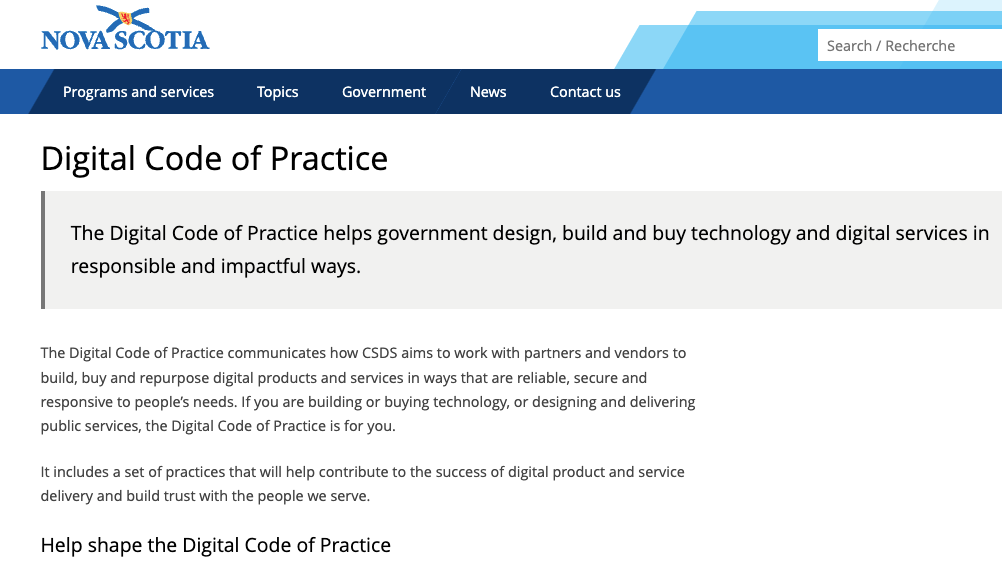Sharing is Caring: How CMS is Leading on Federal Open Source Requirements: A FormFest 2025 Profile
This profile on the Centers for Medicare and Medicaid Services’ (CMS) Open Source Program Office, the first of its kind in the federal government, showcasing how it advances transparency, collaboration, and innovation across agencies through open source software.

Open source policies are not new, even in the federal government—the Department of Defense first championed the cause back in 1999—but adoption has historically been inconsistent. Agencies implement individual plans on different timelines, with little coordination or cohesion. However, the Open Source Program Office at the Centers for Medicare and Medicaid Services (CMS), was specifically created to break down those silos. In doing so, it transformed an ad-hoc approach into a holistic strategy that promotes transparency, collaboration, and code reuse across the entire government.
The office, the first at a federal agency, was ahead of its time. Roughly a year after coming online, Congress boosted its mission, approving legislation that required federal agencies to store and share most of their custom-developed source code in public repositories. A five-person team—Open Source Lead, Remy DeCausemaker, Software Engineer, Dinne Kopelevich, Software Engineer, Sachin Panayil, Software Engineer, Natalia Luzuriaga, and Software Engineer, Isaac Milarsky—embraced the legislation with open arms, creating an entire technology stack, with customizable forms to help agencies comply with the open source requirement.
The work has had implications beyond one agency or piece of legislation. According to the team, open source code can be used as a starting point for a variety of other projects, from landing pages and online forms to data transparency and compliance tools. The target audience is broad, ranging from federal agencies like the Department of Health and Human Services to civic tech groups and open source organizations and developers.
The benefits also flow in the other direction. While working on compliance with the SHARE IT Act, the team discovered that the Centers for Disease Control and Prevention had already developed open source scripts to collect metadata from private repositories—the same challenge they were tackling. That solution has since been adapted at CMS and shared with other agencies as a model for implementation.

Dinne Kopelevich: Creative solutions
To a non-techie outsider, the day-to-day work of a software engineer seems straightforward: One writes code, then tests and deploys it However, as a software engineer in the Digital Service at CMS, this has not been Dinne Kopelevich’s experience.
“I love the multifaceted challenge of this work,” she said. “It pushes me to grow in diverse areas simultaneously—understanding the policy implications of legislation, writing clear documentation that makes complex technical concepts accessible, staying current with evolving coding practices, and developing effective collaboration skills across different teams and agencies. This combination of technical depth, policy understanding, and communication skills creates a uniquely engaging role where I’m constantly learning and applying new knowledge in meaningful ways that directly support public service.”
That feeling of contributing to a worthwhile mission drives Kopelevich, who left a career in film and event planning to pursue a degree in computer science. At the time, Kopelevich aimed to land a public sector role that would enable her to enact positive change through technology. That transition was not as jolting as it may sound, Kopelevich said. There is significant overlap between artistic creation and software design, with both involving the translation of inspiration into output.
“What I love about art—and now about technology—is the tangible nature of creation, the ability to transform abstract ideas into something concrete and functional,” she said. “This creative thread connects my personal identity as a maker with my professional role in technology. Both are fundamentally about transforming ideas into reality and finding elegant solutions to complex problems.”
Better yet, through her federal role, Kopelevich can see how the tools she creates improve public service.
“I’ve never had a job where I felt I was doing more good on a daily basis,” she said. “There’s something deeply satisfying about knowing that the code we write and the systems we create can save taxpayer money while improving government services.”
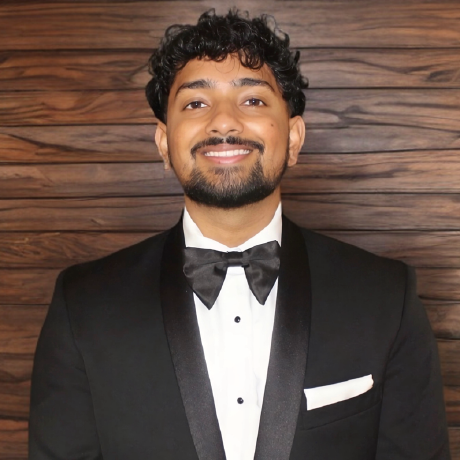
Sachin Panayil: A builder’s mindset
Although the rapid innovation of technical work can often be at odds with the slow-moving bureaucracy of government, this has never worried Sachin Panayil. There is always a lesson to gain, he said.
“It teaches patience and how to navigate throughout chaos,” he said. “I’ve learned from all this that sometimes the best thing to do in situations of uncertainty is to continue to contribute and do the good work for the American people.”
Public service has always been top of mind for Panayil, a software engineer who came to government because he wanted to make a tangible difference in people’s lives. At the Digital Service at CMS, he helps drive impact at scale, contributing to projects designed to enhance processes across federal agencies and beyond. His work speaks to his self-described “builder’s mindset”—a penchant for solving problems, building things from scratch, making improvements, and then measuring their efficacy.
“Working on open source in government means what I build can outlast a single project and reach millions of people in ways I might not even see. That’s a huge motivating factor,” he said. “My first job out of college was public service, and various programs are what brought me into the field. What keeps me here is the sense of mission and community. Our work can help thousands of people—not just in health care, but all different fields.”
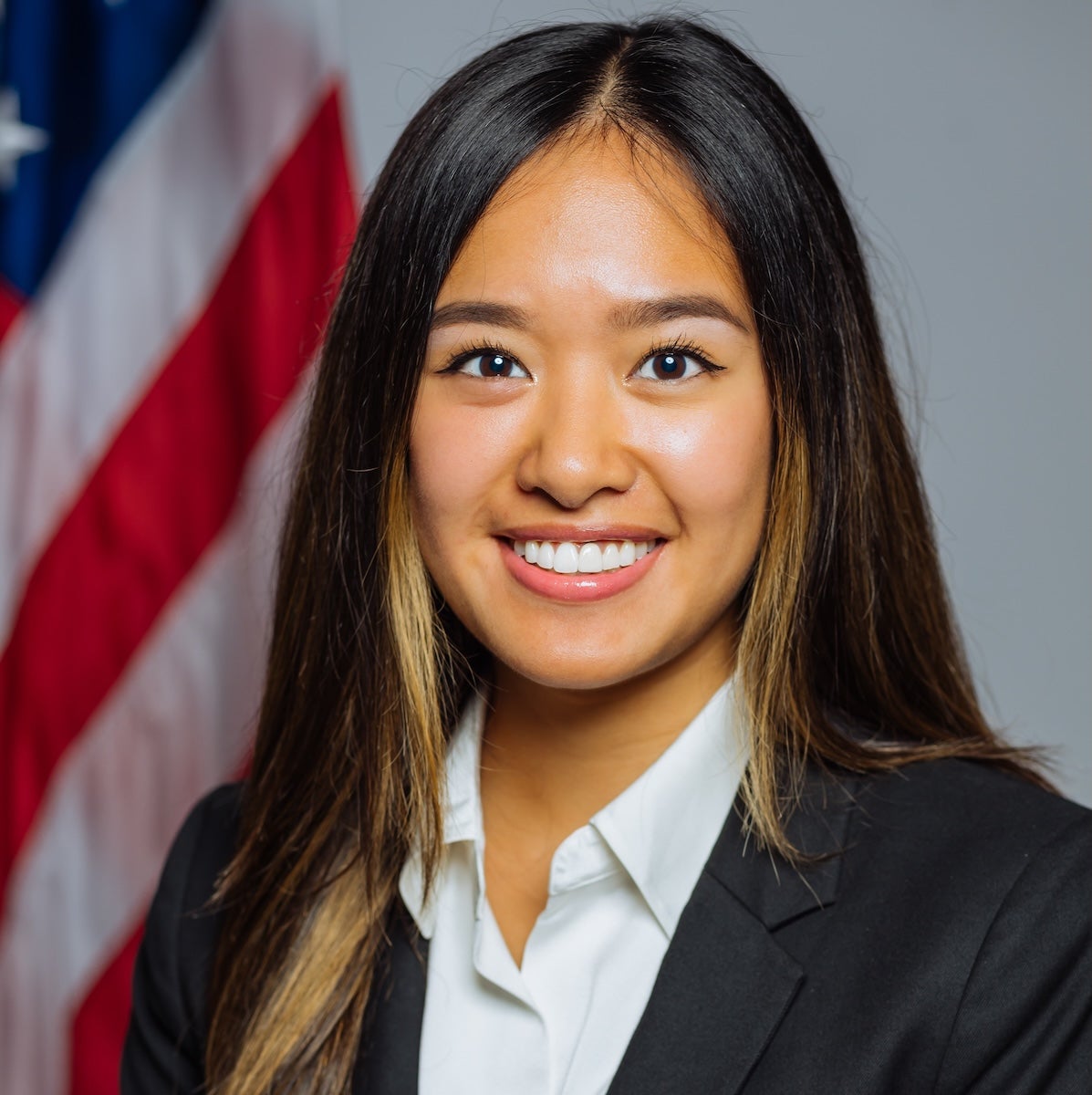
Natalia Luzuriaga: Crochet, creativity, and meaningful contributions
Natalia Luzuriaga is a software engineer, but you could also describe her as a creator. At the Digital Service at CMS, her creations include digital products and open source policy. In her free time, her hobbies mostly revolve around needlecraft.
“I’ve been crocheting for a couple of years now,” she said. “I started off making miniature plushies, such as puppies, bumblebees, and jellyfish. Then I evolved to handbags and clothing that I was able to wear—and rock—this past summer.”
Luzuriaga’s digital creations stretch back to high school, where she first dabbled in website construction and then expanded into mobile applications and games. Although the development was fun, the real joy came from watching other people interact with her creations.
“I realized how valuable my technical skillset is and promised myself to use it to contribute to a cause greater than myself where I can truly help others, which is why public service resonated with me,” she said. “I am immensely proud to have landed my role in the federal government doing exactly that for the American public.”
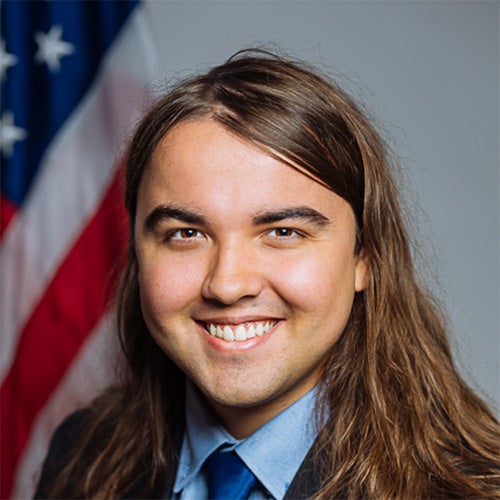
Isaac Milarsky: No complaints
Even before he was an engineer, Isaac Milarsky was an engineer, interested in how things worked and how to make them work even better. Using a computer led to him researching computer hardware and tinkering with his desktop layout. Playing video games then led him to designing in-game modifications. Soon, it was a natural progression to programming and open source projects, which Milarsky pursued independently before joining the Digital Service at CMS as a software engineer.
Perhaps unsurprisingly, Milarsky loves almost everything about the job, from the collegial environment and focus on open source software to the effort to use technology to better internal government systems to serve the greater good.
“The process of collaboration and process improvement is something that I find very interesting and rewarding,” he said. “I also like working in public service for the types of projects that I get to work on to help support the public.”
If there is a drawback, it’s the volume of work. But even that is not a true drawback, he said.
“Sometimes, there is a lot to be done,” he said, “but it’s not usually much to complain about.”
FormFest 2025
FormFest is a free virtual event showcasing governments working to make services accessible to everyone through online forms. Discover best practices and tools that are shaping the future of form design and service delivery.
